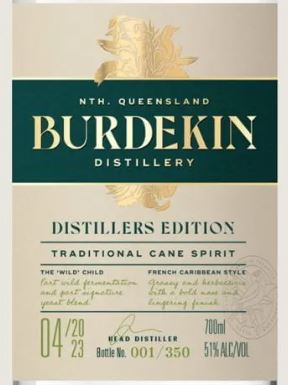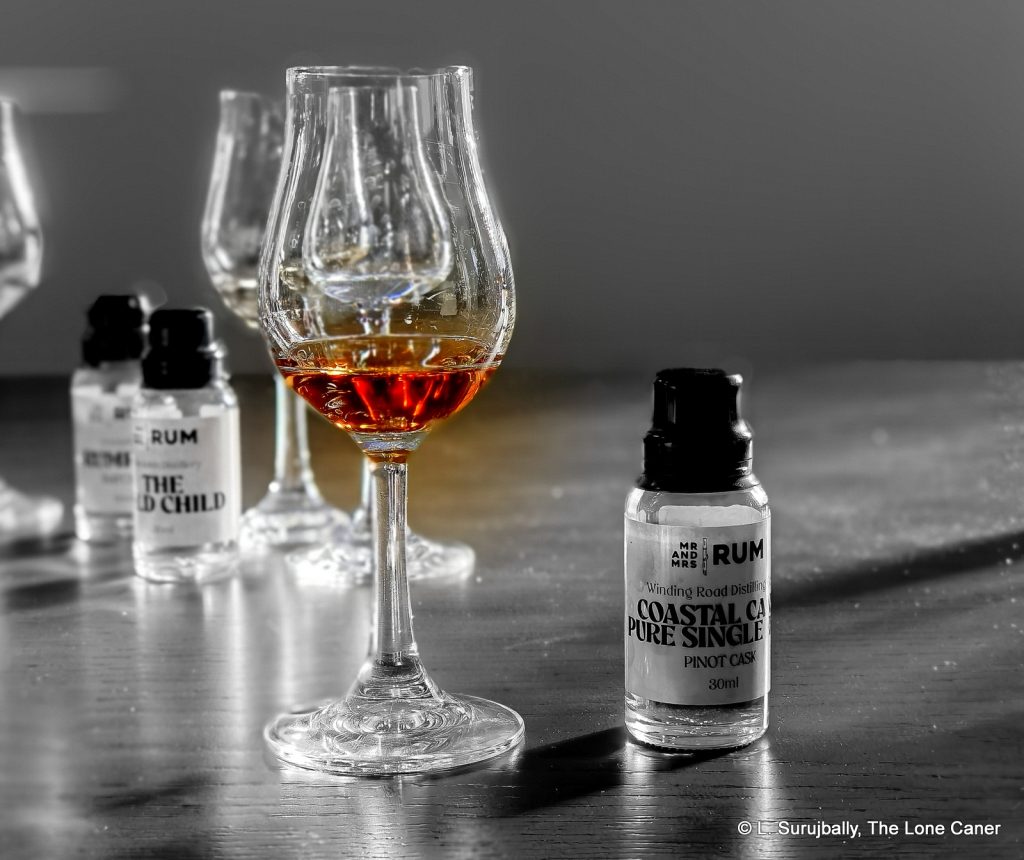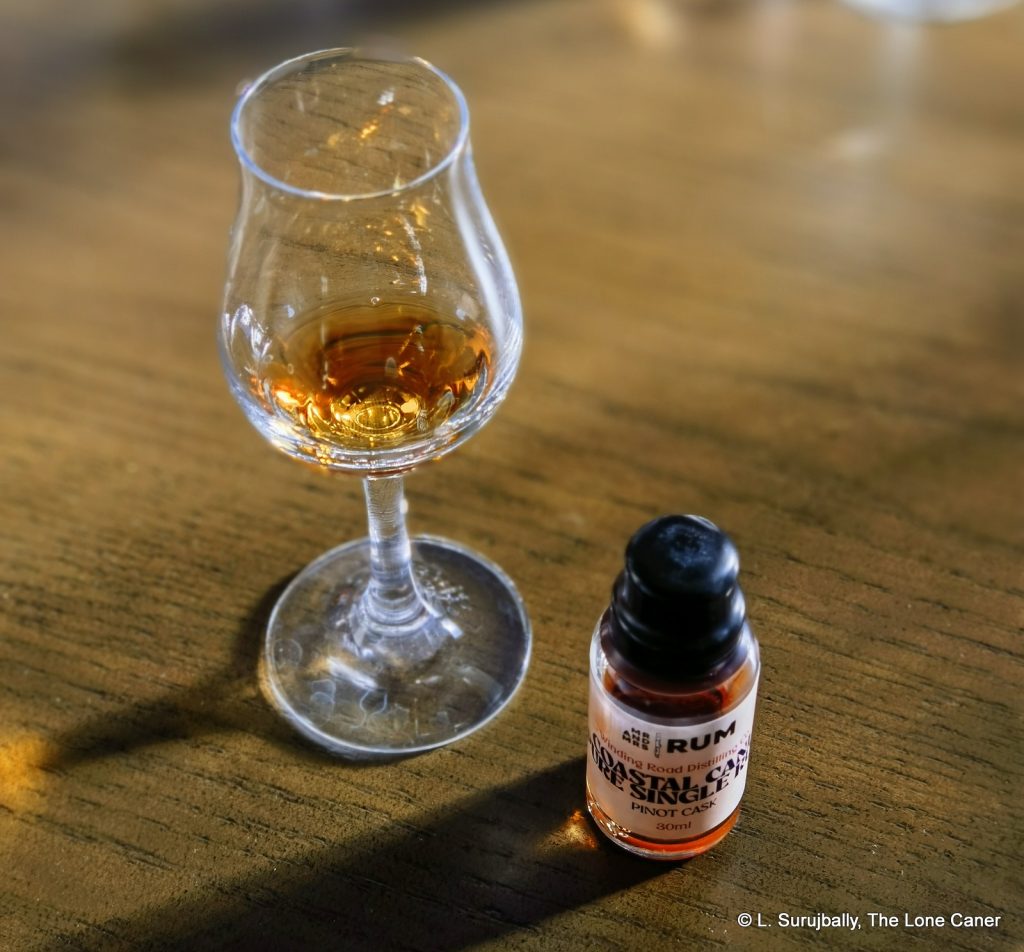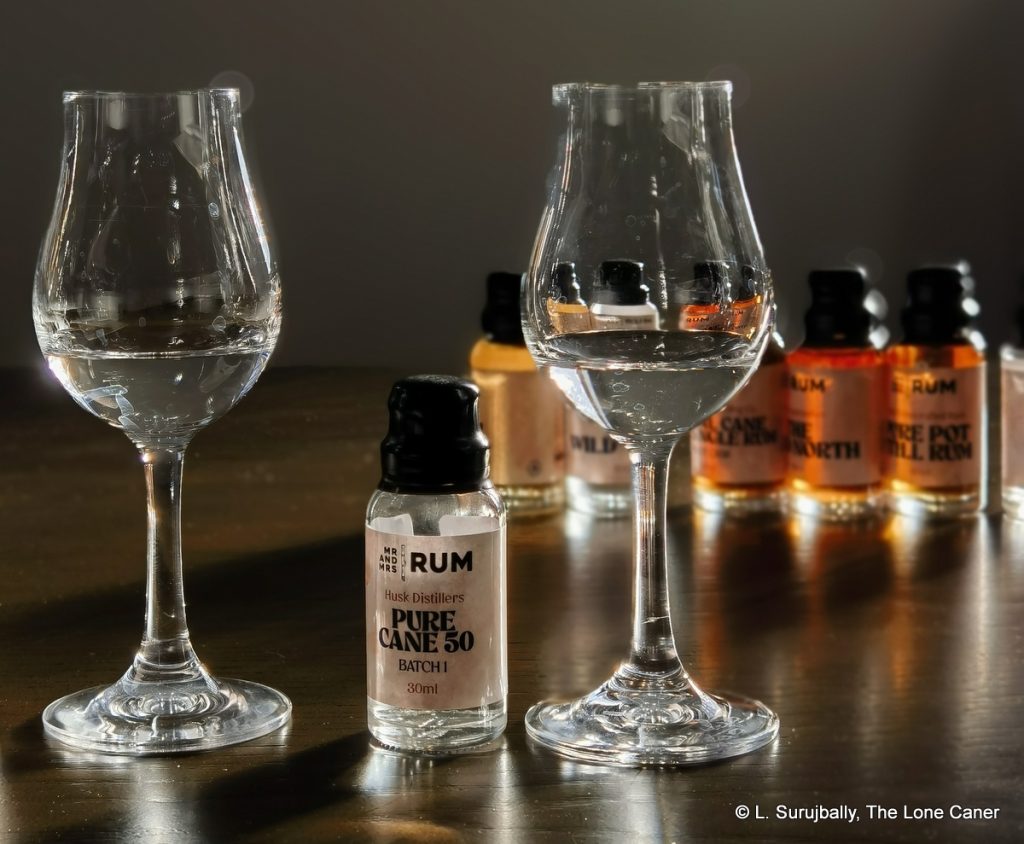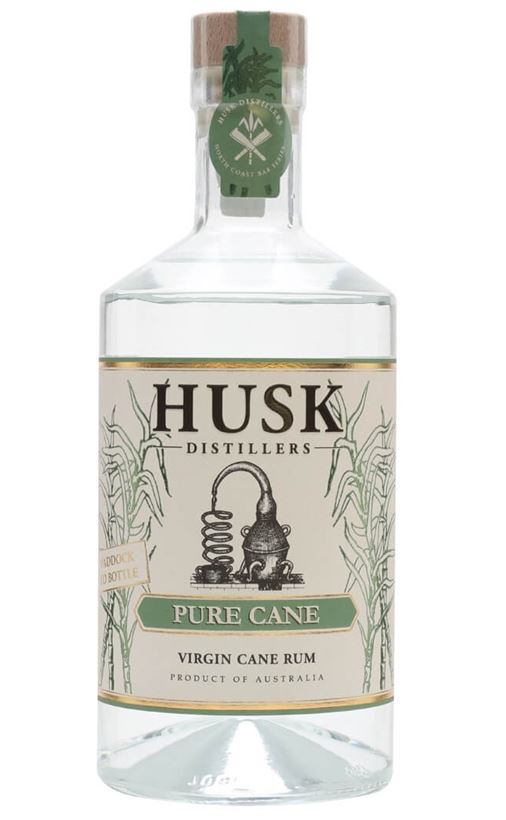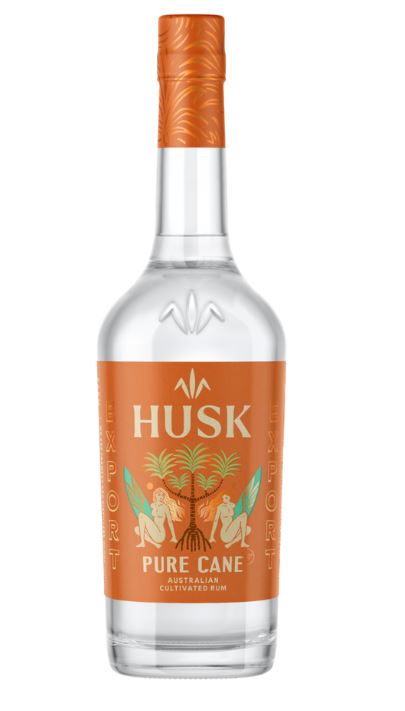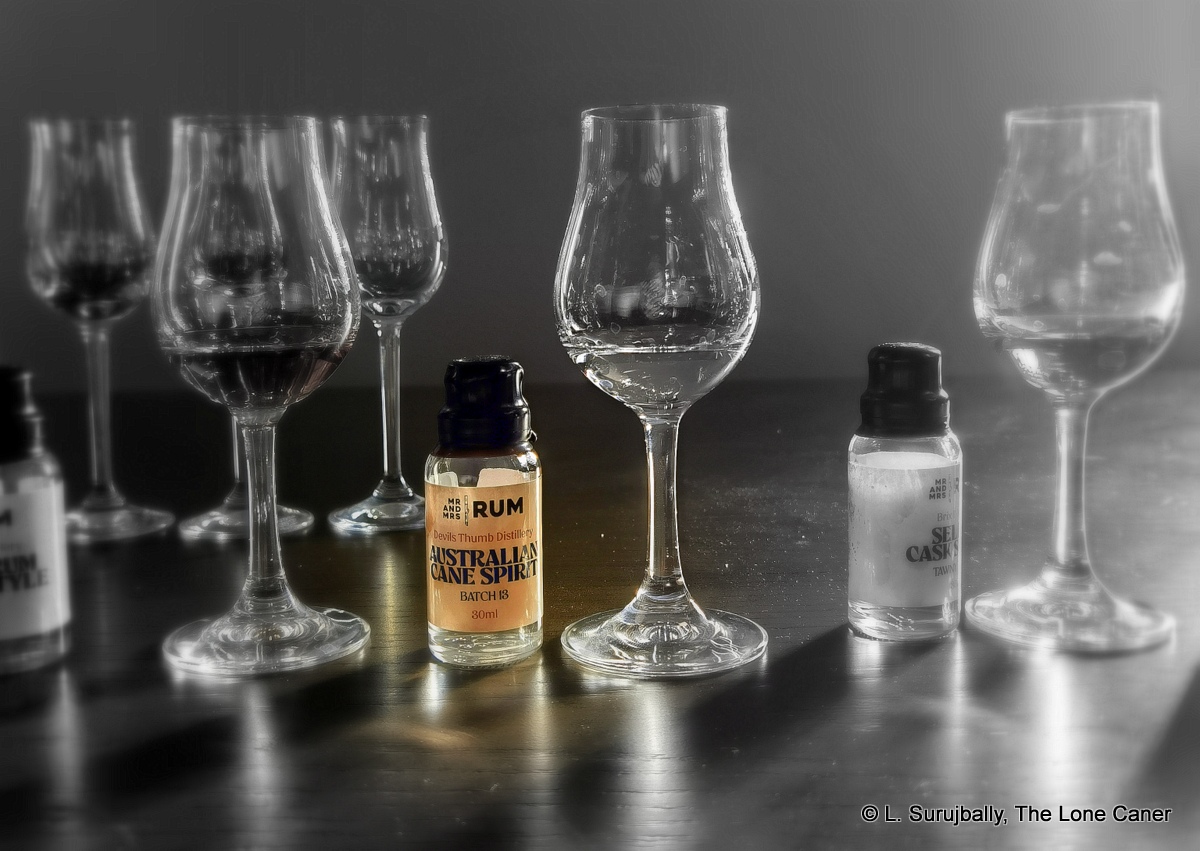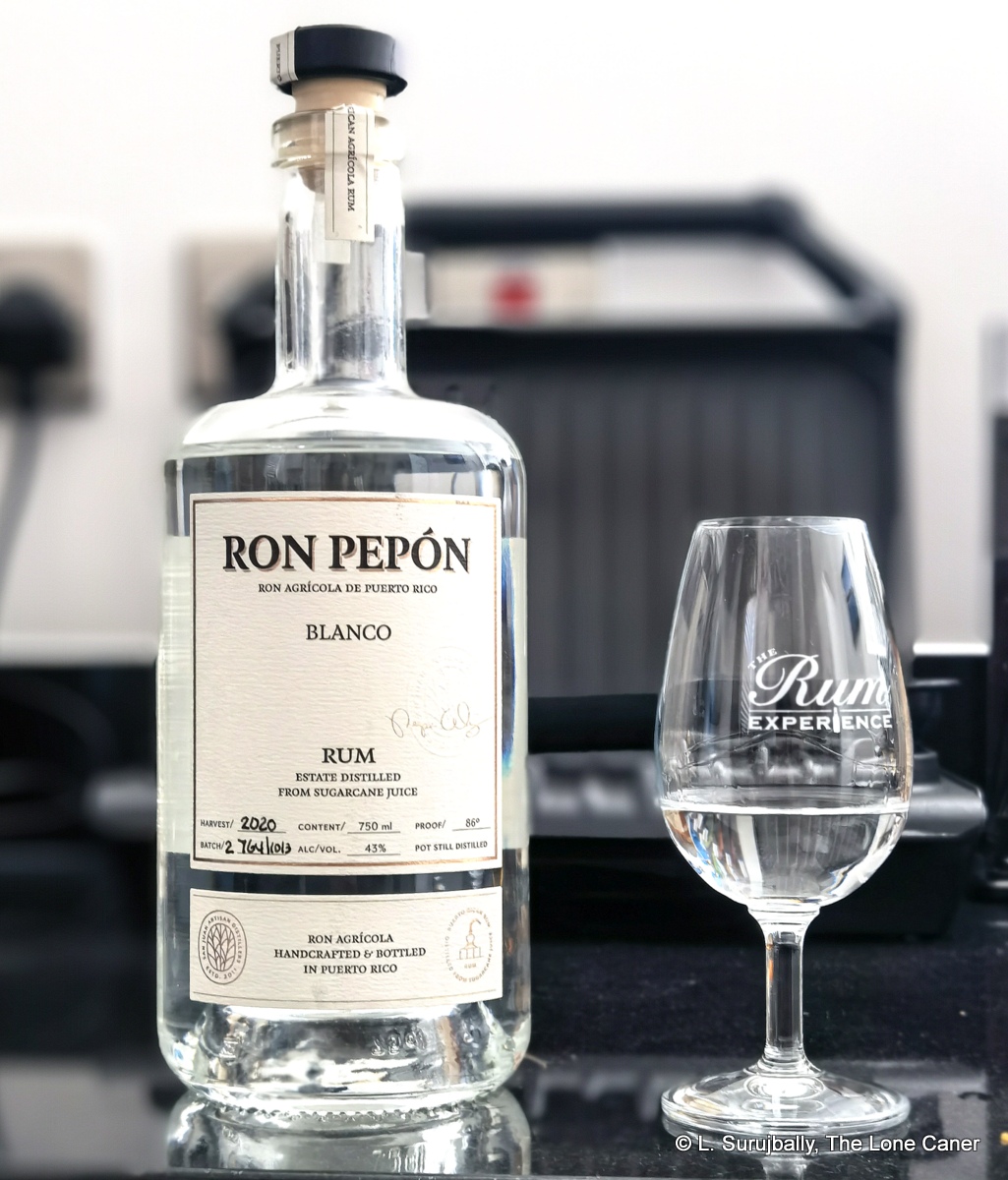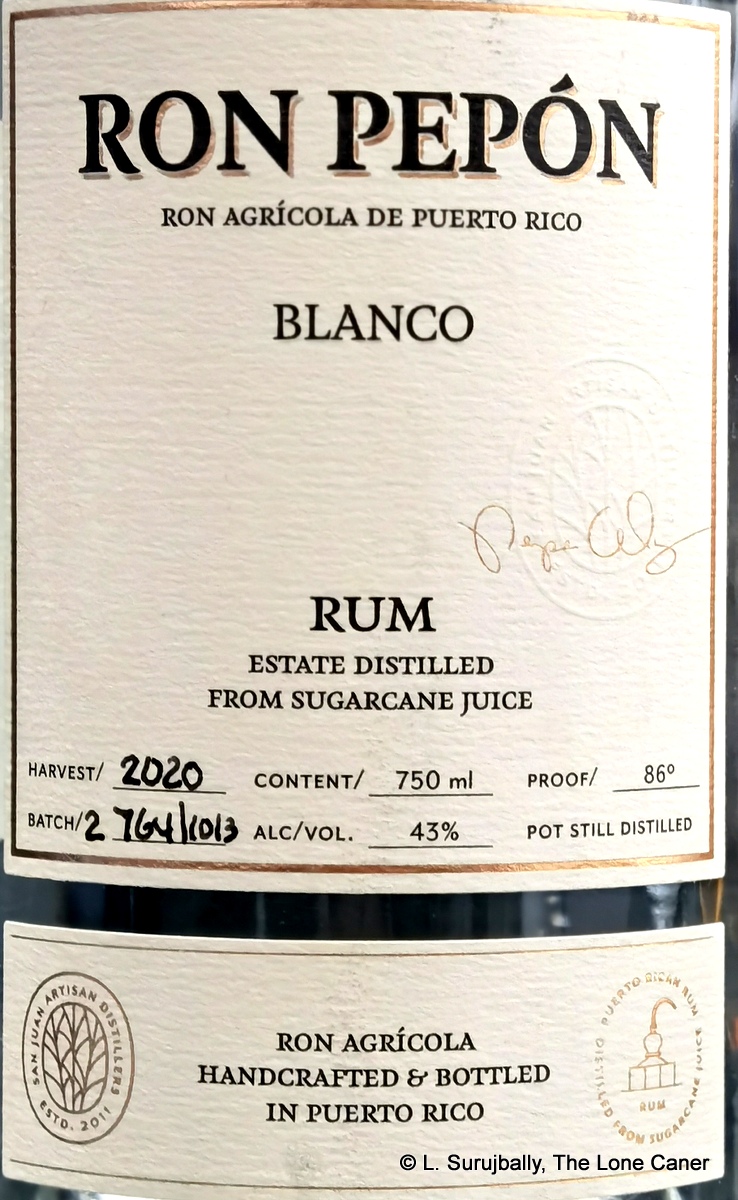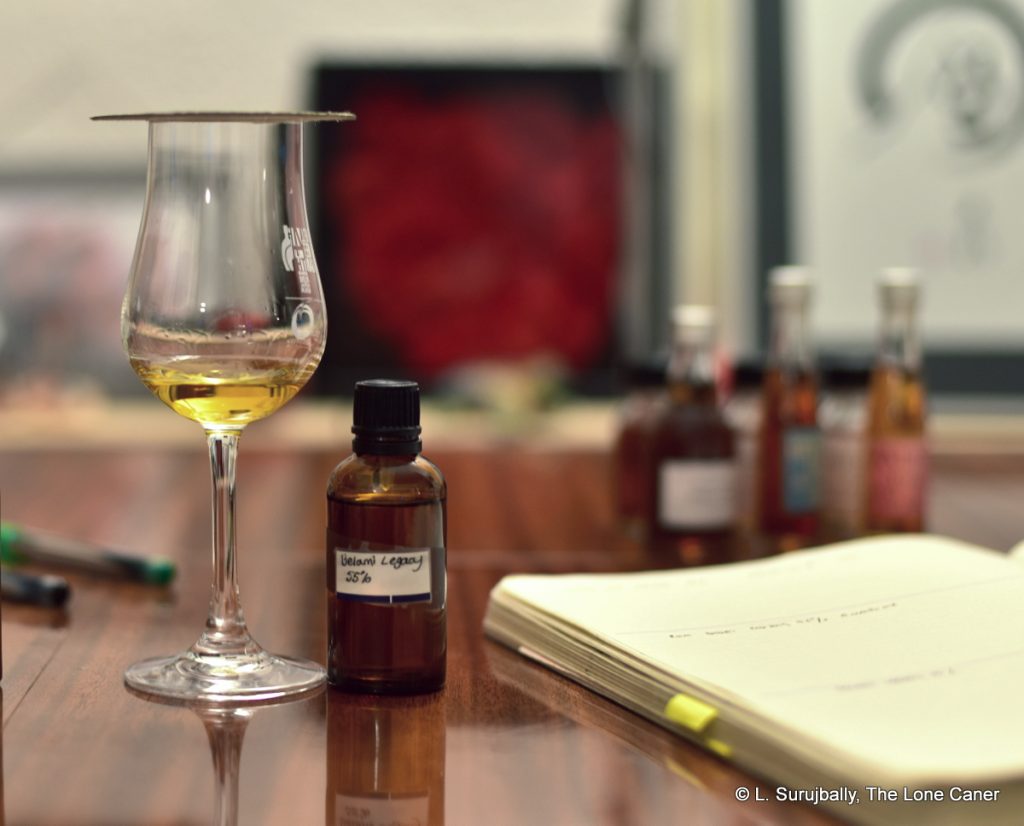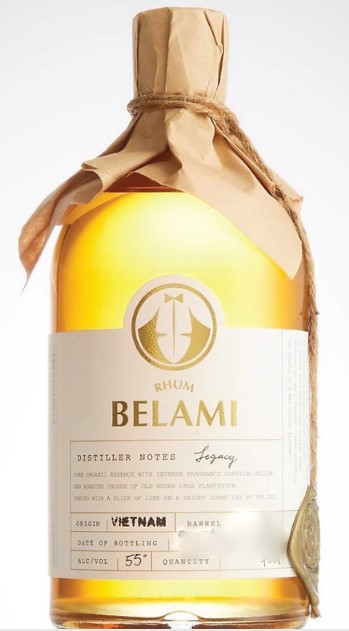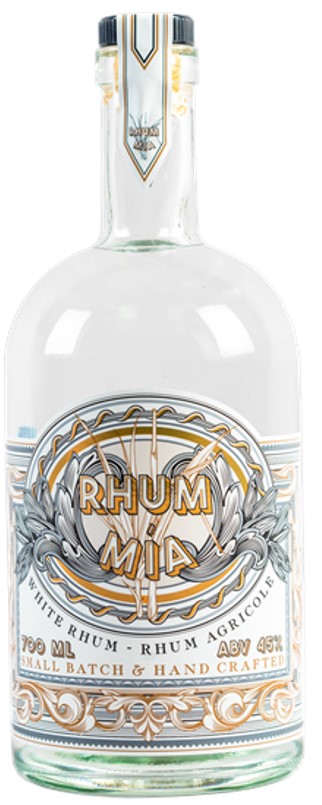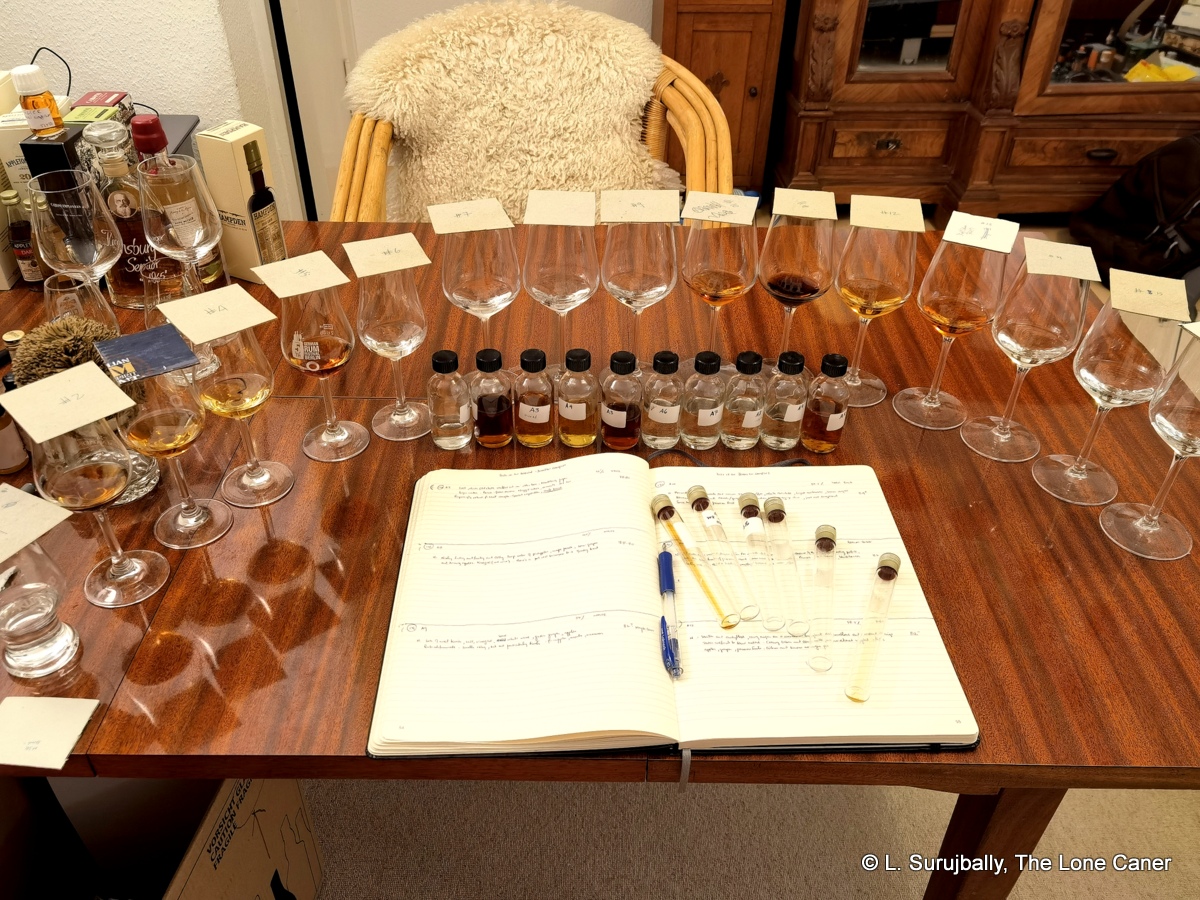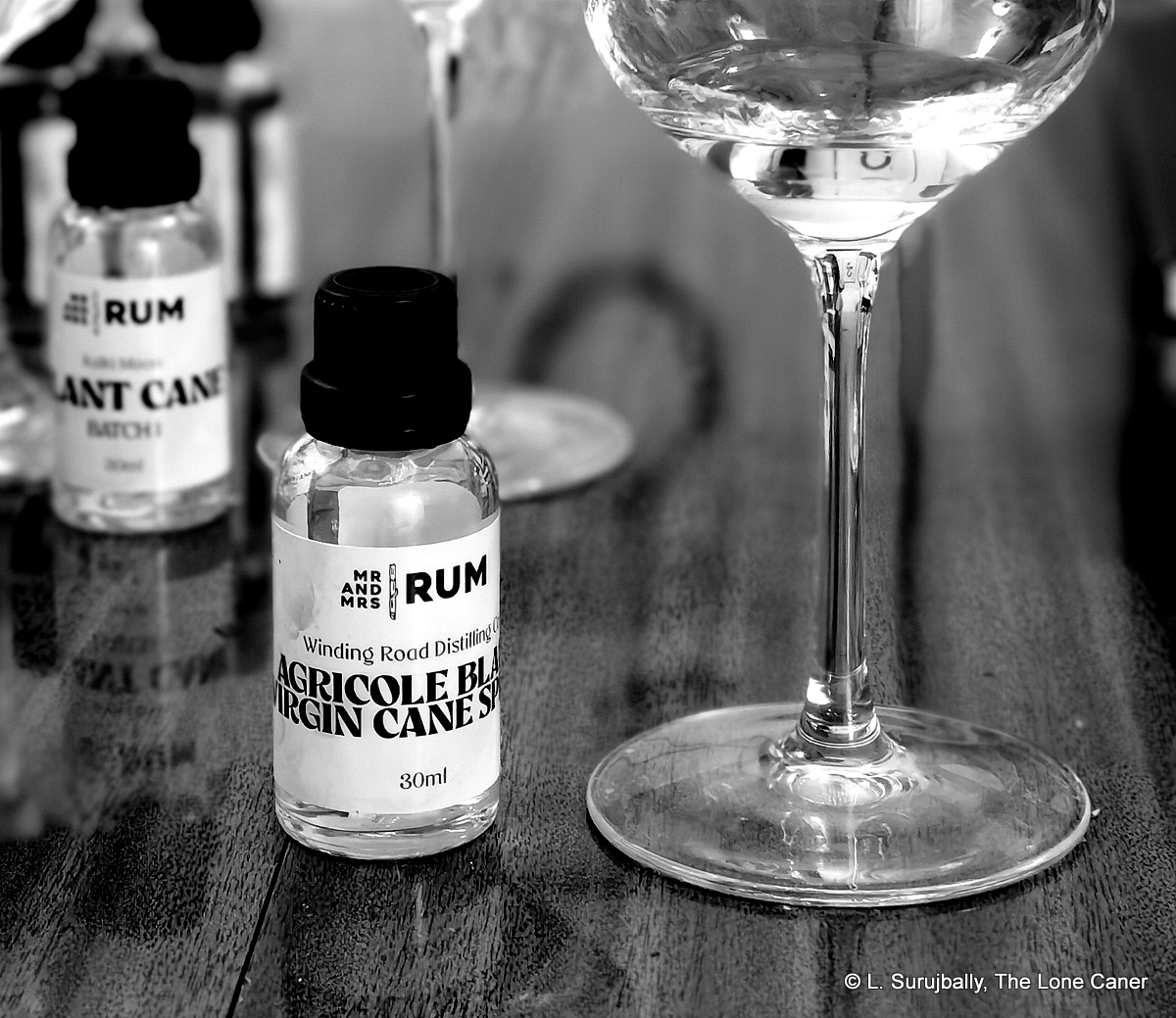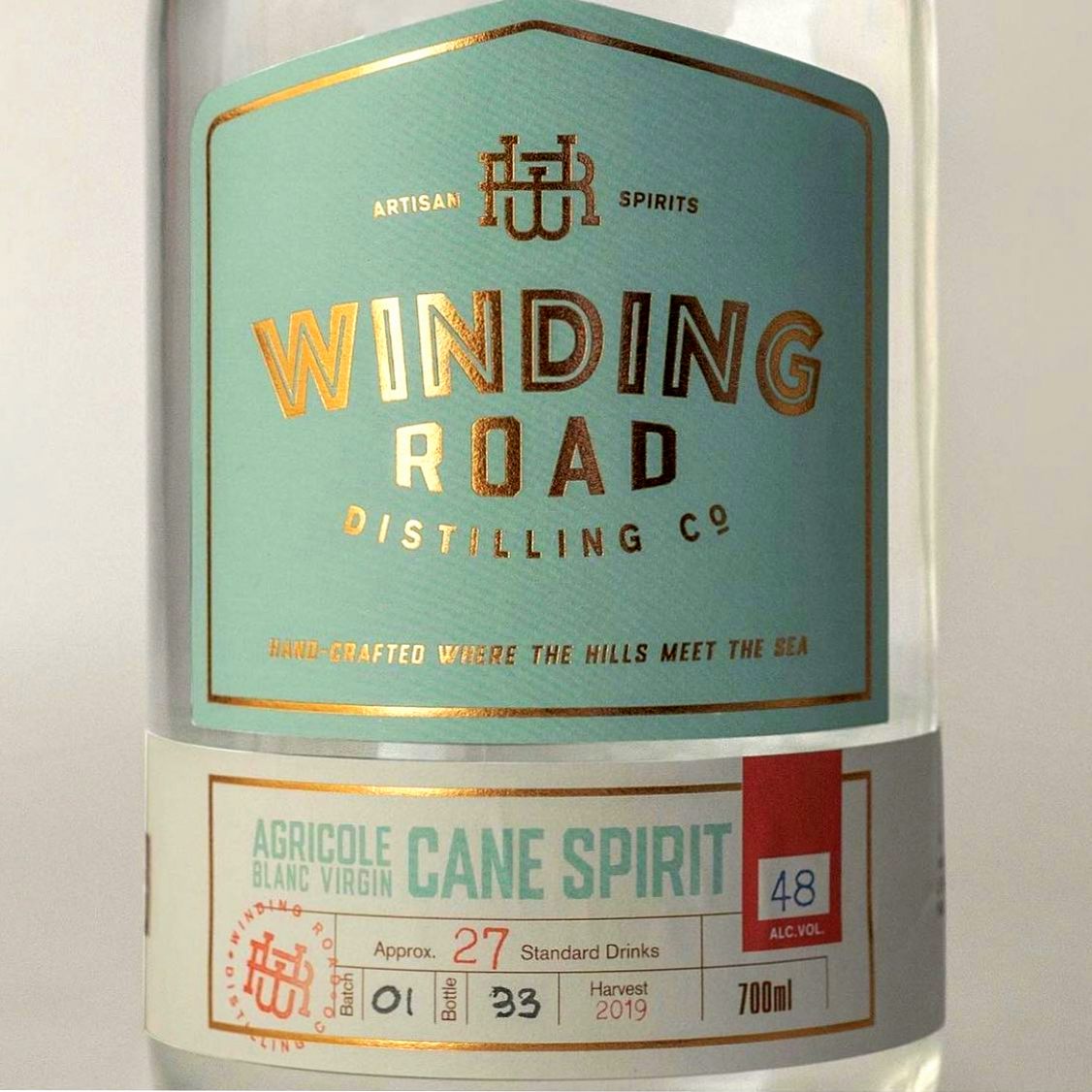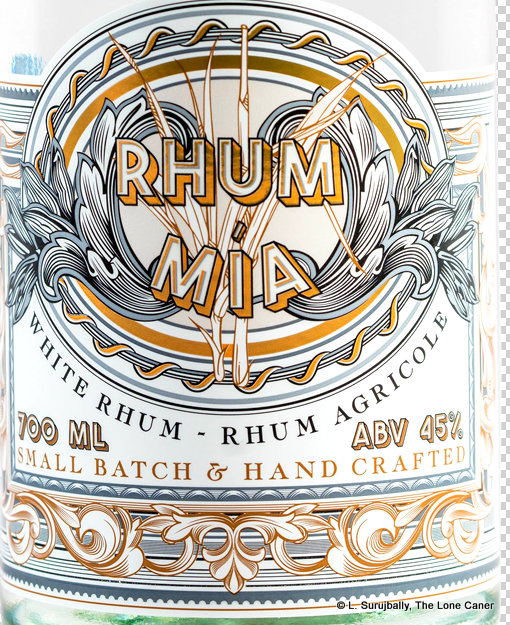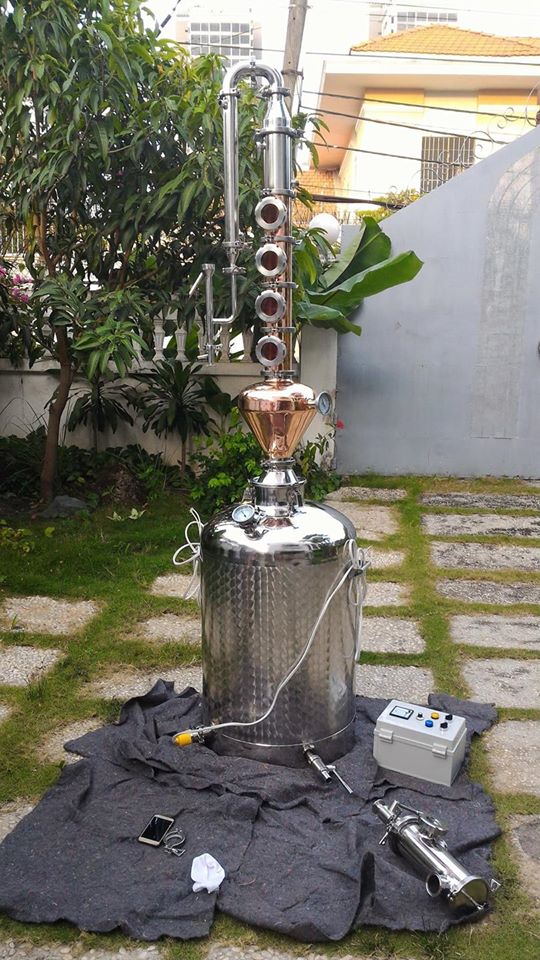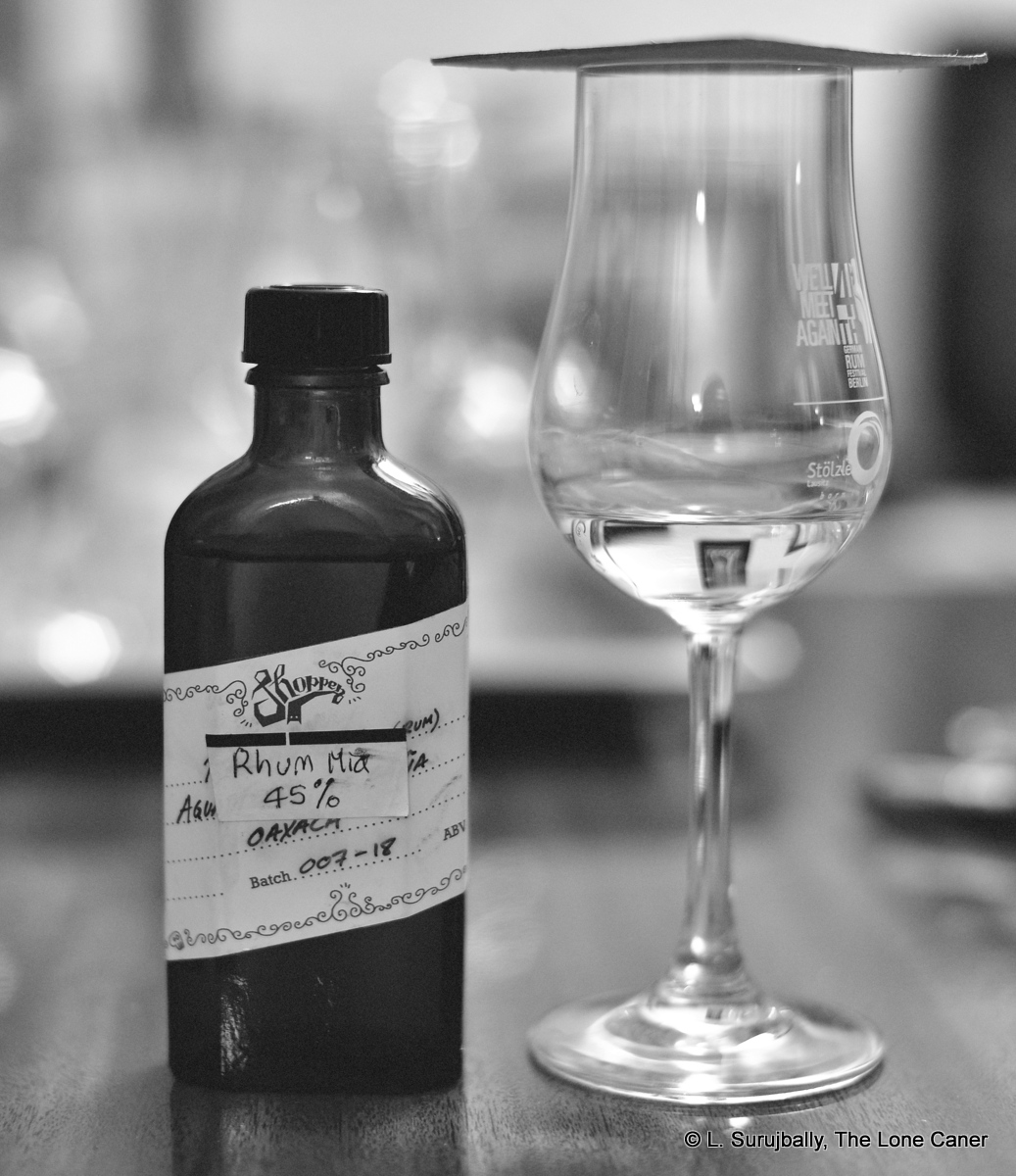 Slowly I’m reaching the end of the rums of the 2023 Australian Advent Calendar issued by Mr. and Mrs. Rum, with this one: the “Wild Child,” an unaged white rum released in 2023. However, since the distillery only had its formal opening / still commissioning ceremony in mid 2024 (per a video I found on YouTube), one can reasonably ask where the rum came from – something that is absent from the label, the website or any promotional material to be found online (including the calendar). Fortunately, an informative email or two settled this nicely, and if you’re interested in the company background as well as the rum, see below the review.
Slowly I’m reaching the end of the rums of the 2023 Australian Advent Calendar issued by Mr. and Mrs. Rum, with this one: the “Wild Child,” an unaged white rum released in 2023. However, since the distillery only had its formal opening / still commissioning ceremony in mid 2024 (per a video I found on YouTube), one can reasonably ask where the rum came from – something that is absent from the label, the website or any promotional material to be found online (including the calendar). Fortunately, an informative email or two settled this nicely, and if you’re interested in the company background as well as the rum, see below the review.
Now, I know who supplied the distillate but will respect the company’s request to keep that quiet, and so I’ll restrict myself to the production details: fermented in November 2021 from cane juice, toward the end of the cane harvest, and as a result of faster-than-expected fermentation (followed by double distillation on a 1,000 liter pot still) it came out with a much greater grassy agricole flavour. It was bottled in May 2023 after resting in an inert tank, at a shade under full proof (51%), and it’s a limited edition run of 350 numbered bottles.
Those who know of my deepening fascination for unaged white rum (this has no real analogue in the whisky world, which may be the reason such rums have never been been taken that seriously until recently), are aware that part of it is the representation of the terroire it represents. No barrel aging or other additives dilute the sense of place that such rums represent.
Certainly this one had some intriguing notes to it, when sampled. The nose was redolent of the faint chlorine of a swimming pool, sugar water, bright citrus, watery fruit, and a leavening of papaya to tamp it down. Leaving it to open is probably a good idea, because after a few minutes we get additional notes of apple juice (which gradually transforms into a sort of apple cider), balsamic vinegar on maki slices, and (if you can believe it), some thin background hints of dried leaves smoking over a bush fire. Yeah, I know how that sounds.
It presents much more of a traditional agricole rhum profile once you taste it. Initially there are tastes of rubber, sugar water, brine, lychees, tart soursop, and unsweetened yoghurt. Cucumbers, cider, a faint pimento kick (I liked that), and also some delicate background spices – cinnamon and ginger for the most part, plus some light citrus leading to a clean finish that preserves and shows off some quieter and more traditional cane juice freshness and zest.
Overall I have to say that it’s unusual (to say the least), yet throughout the rum maintains a sort of clean vegetal sparkle and verve, of the sort that characterizes any well made unaged white. There’s still some work to be done here to bring this into full flower, I suggest, and a few re-tastings over the following days confirmed this notion (for me, at any rate). But I liked it, quite a lot, because it showed that it’s not only the French islands that can produce a nifty little cane juice rum. By running this through a pot still and letting it rest for a bit, Burdekin have created yet another agricole style product from Australia, one that can be added without despite, to other such products from Winding Road, Husk Distillers, Devil’s Thumb, Sunshine & Sons and all the others made Down Under.
(#1100)(84/100) ⭐⭐⭐½
Other notes
- Video Recap is here.
- From Day 19 of the 2023 Australian Advent Calendar
- The company now has a new still, a 4,000 litre Frilli hybrid still pot/column. This gives the distillery a great deal of control, specifically over reflux, and they can produce a double pot style, or single pass through the pot and column with reflux as they please.
- My thanks to Tim Lamb, the CEO, who provided the technical details.
Burdekin distillery was started in 2020. Initially, Sophie and Anthony Duggan ran a water bottling business adjacent to Bowling Green national park in North Queensland, and they own a 100 acre farm with an in situ aquifer beneath. In 2020 — COVID season, if you recall — they reviewed their mineral water business, seeking options, and considered that since they were in the heart of the Burdekin (Australia’s premier sugar cane growing region, with a much higher brix than other areas), they decided to diversify into rum, and specifically French Caribbean style agricole, using their own mineral water as a base.
The first product was released to market in late 2022, and was named “Virgin Cane Spirit” (that pesky two year rule, remember? … and they did not want to trespass on the “agricole” moniker either). Vintage Cane Sprit is aged for one year in PX barrels, and they also released a molasses rum aged two years in ex-bourbon barrels, which they named their Premium Aged Rum.
During 2020-2021, they Duggans played around with a number of experimental batches and recipe developments using contract distillers, to obtain what they termed an ‘elegant, refined’ flavour profile. The ‘Wild Child’ reviewed here is one of those experiments: now, normally, Burdekin uses a specific yeast blend and normally try to apply quite a controlled ferment. But in this case, given it was coming towards the end of the cane harvest (November in the southern hemisphere), the batch actually got away from then, and wild fermented before the yeast could be added, and this developed a more intense rum. Pleased with the result, the quality was deemed sufficient to make it one of their limited editions, with a name that channelled pretty much what it was.
